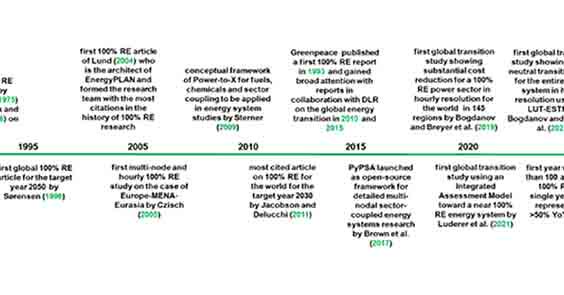
Christian Breyer 🦣
@ChristianOnRE
Followers
8K
Following
11K
Media
1K
Statuses
21K
Professor for Solar Economy @UniLUT. Sustainable energy systems. https://t.co/qeijJOCapx… - https://t.co/zaPvPTeZe0
Joined November 2015
The two most impressive climate change speeches of the year - 15-year old @GretaThunberg at #COP24 on climate justice and @Astro_Alex from #ISS to his unborn grand-children on failures, dreams and new horizons.
19
42
145
RT @mzjacobson: How do you charge a battery-electric car with no grid electricity nearby?. With on off-grid microgrid run on solar PV+batte….
0
25
0
15/ Conclusion: The results indicate sustainable bioenergy can play a crucial role in the energy transition (85 – 119 EJ). Its full potential can be harnessed esp. in hard-to-abate segments (fuels, chemicals, seasonal balancing) within a #100RE framework
ieeexplore.ieee.org
Research on 100% renewable energy systems is a relatively recent phenomenon. It was initiated in the mid-1970s, catalyzed by skyrocketing oil prices. Since the mid-2000s, it has quickly evolved into...
1
0
1
3/ Background: Bioenergy is strongly debated & its use in energy scenarios range from zero via low, moderate, up to huge overuse of resources as practiced in energy-climate scenarios used for #IPCC. This study details earlier methods
1
1
0












